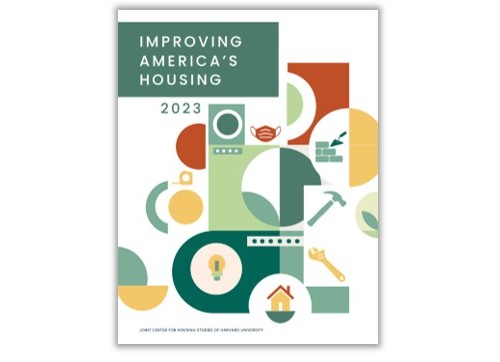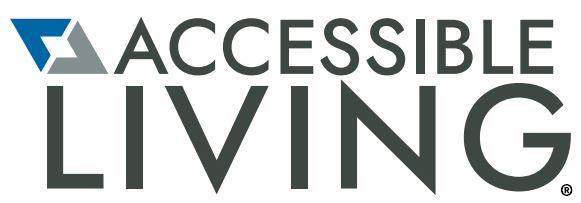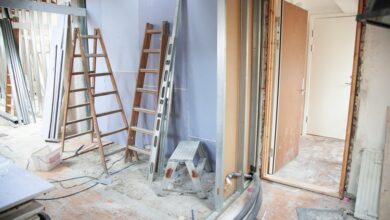Despite a Pandemic Remodeling Boom, Aging Homes Require Additional Investment
 The pandemic focused attention on our homes as never before, lifting the U.S. remodeling market to an unprecedented height of $567 billion in 2022, according to Improving America’s Housing 2023, a new report released by the Harvard Joint Center for Housing Studies. Despite the enormous boom in remodeling activity, the nation’s homes are older today than at any time ever recorded and in growing need of critical replacements and maintenance. Greater investment is also needed to better prepare against disasters, improve energy efficiency, and meet the accessibility needs of an aging population.
The pandemic focused attention on our homes as never before, lifting the U.S. remodeling market to an unprecedented height of $567 billion in 2022, according to Improving America’s Housing 2023, a new report released by the Harvard Joint Center for Housing Studies. Despite the enormous boom in remodeling activity, the nation’s homes are older today than at any time ever recorded and in growing need of critical replacements and maintenance. Greater investment is also needed to better prepare against disasters, improve energy efficiency, and meet the accessibility needs of an aging population.
The widespread adoption of remote work, massive growth in home equity and savings, and the aging of the housing stock boosted annual spending on improvements and repairs to owner-occupied homes 24% between 2019 and 2021 to $406 billion, or an annual pace of growth more than double the historical average of 5%. Although the overwhelming share of improvement funding came from savings, more than 1 in 5 projects costing $50,000 or more were paid for with home equity.
Most homes lack features that make them accessible for people with limited mobility. Nearly 2 million homeowners age 55 and over pursued projects for accessibility in 2020 and 2021, but many more will need to make these modifications as the number of older adults and multigenerational households increase in the coming decades.
Despite the dramatic growth in remodeling activity during the pandemic, a meaningful share of the housing stock remains in dire need of investment. On average, homeowners with incomes of less than $32,000 in 2021 spent the equivalent of 20% of their incomes on improvements and maintenance, almost twice the share for all owners.
Although home remodeling faces many headwinds in the near term, including rising interest rates, declining home sales, and labor and material supply constraints, the market is more reliant on need-to-do projects than during the boom of the mid-2000s. Increasing investments that address the full range of home performance deficiencies should support longer-term growth in home improvement and repair spending. Ultimately, there will always be a need to improve and repair the nation’s homes, and a demand for the industry that fills that need.


